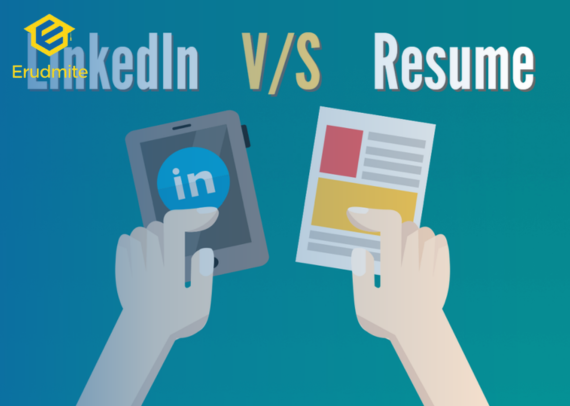
For students preparing to enter the job market, one common dilemma is whether to focus more on building a strong resume or a polished LinkedIn profile. Both serve as tools to showcase your skills, education, and experiences, but they function differently and are used in different contexts. Understanding how each works—and how to leverage them together—can give you a competitive edge in today’s digital-first hiring landscape.
The Role of a Resume
The resume has been the traditional cornerstone of job applications for decades. It’s a concise, one- or two-page document highlighting your education, skills, work experience, and achievements. For students, the resume often emphasizes coursework, internships, volunteer experiences, and extracurricular activities.
Why resumes still matter:
- Tailored Applications: A resume can be customized for each job, highlighting the skills and experiences most relevant to the role.
- Concise Format: Employers typically spend less than 10 seconds scanning a resume, making it a straightforward way to present qualifications.
- Standard Requirement: Most companies, regardless of industry, still ask for resumes as part of their hiring process.
For students, the resume remains a critical starting point, especially when applying to internships or entry-level roles. Even though it may feel limiting with little professional experience, a resume demonstrates your ability to present yourself clearly and professionally.
The Rise of LinkedIn
LinkedIn has become more than just a professional networking site; it’s now a dynamic digital portfolio. Unlike a static resume, your LinkedIn profile is live, interactive, and discoverable by recruiters worldwide.
Why LinkedIn matters for students:
- Greater Visibility: Recruiters often search LinkedIn to find potential candidates before job postings even go live.
- Multimedia Showcase: You can upload projects, videos, certificates, and presentations, going beyond the plain text of a resume.
- Networking Opportunities: LinkedIn connects you with industry professionals, alumni, and peers who can open doors to opportunities.
- Endorsements & Recommendations: Peers and mentors can vouch for your skills, adding credibility to your profile.
For students just starting their careers, LinkedIn is especially powerful because it allows you to show personality, build connections, and access opportunities you might not even know existed.
Key Differences Between LinkedIn and a Resume
While both are essential, LinkedIn and resumes aren’t interchangeable. Here are the main distinctions:
- Format: Resumes are static documents; LinkedIn is dynamic and continuously updated.
- Audience: A resume is sent directly to employers; LinkedIn is public and can be viewed by anyone.
- Content Depth: Resumes summarize; LinkedIn allows for more detail and storytelling.
- Reach: A resume only reaches the employer you send it to; LinkedIn works 24/7, connecting you to recruiters globally.
Which Is More Important for Students?
The truth is, neither should replace the other. They serve complementary purposes.
- Resume = The Ticket to Apply
It’s the formal requirement for most jobs. Without a strong resume, your application may not even be considered. - LinkedIn = The Door Opener
It expands your visibility, helps you network, and often puts opportunities in front of you before you even apply.
If you’re a student with limited time, start with your resume—it’s the immediate necessity. Then, gradually build your LinkedIn profile to amplify your reach and showcase your personal brand.
How Students Can Leverage Both Together
Instead of debating which is more important, focus on making both tools work in harmony:
- Keep Information Consistent: Make sure your job titles, dates, and responsibilities match across both platforms. Discrepancies can raise red flags.
- Use the Resume for Tailoring: Customize your resume for each application while keeping your LinkedIn profile broad and comprehensive.
- Add Extras on LinkedIn: Use LinkedIn to showcase projects, certificates, or multimedia that don’t fit on your one-page resume.
- Link Them Together: Include your LinkedIn URL on your resume so recruiters can easily explore your profile for more depth.
Final Thoughts
For students, the question isn’t LinkedIn vs. resume—it’s how to use both strategically. A strong resume gets your foot in the door, while a polished LinkedIn profile keeps that door open to new opportunities.
Think of your resume as your formal introduction and your LinkedIn profile as the ongoing conversation. Together, they create a powerful professional presence that can accelerate your career journey.
So, don’t choose between them—build both. Future employers and opportunities are already online, waiting to discover you.
